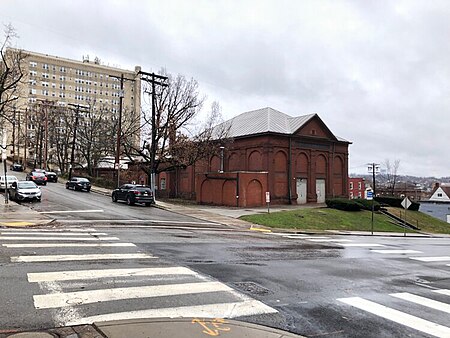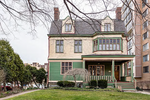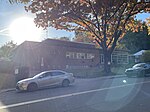Herron Hill Pumping Station
City of Pittsburgh historic designationsPittsburghPumping stationsWater transport

The Herron Hill Pumping Station is located at 4501 Centre Avenue in the North Oakland neighborhood of Pittsburgh, Pennsylvania. Built in the Classical Revival architectural style, the building was instrumental in distributing water throughout Pittsburgh’s East End neighborhoods, such as the Hill District and Squirrel Hill. In May 2020, Preservation Pittsburgh nominated the structure for City of Pittsburgh Historic Landmark status. In July 2020, the City of Pittsburgh's Historic Review Commission determined that the structure's nomination to be a City of Pittsburgh Historic Landmark was viable.
Excerpt from the Wikipedia article Herron Hill Pumping Station (License: CC BY-SA 3.0, Authors, Images).Herron Hill Pumping Station
Centre Avenue, Pittsburgh
Geographical coordinates (GPS) Address Nearby Places Show on map
Geographical coordinates (GPS)
| Latitude | Longitude |
|---|---|
| N 40.4519 ° | E -79.9532 ° |
Address
Herron Hill Pumping Station
Centre Avenue 4501
15219 Pittsburgh
Pennsylvania, United States
Open on Google Maps






